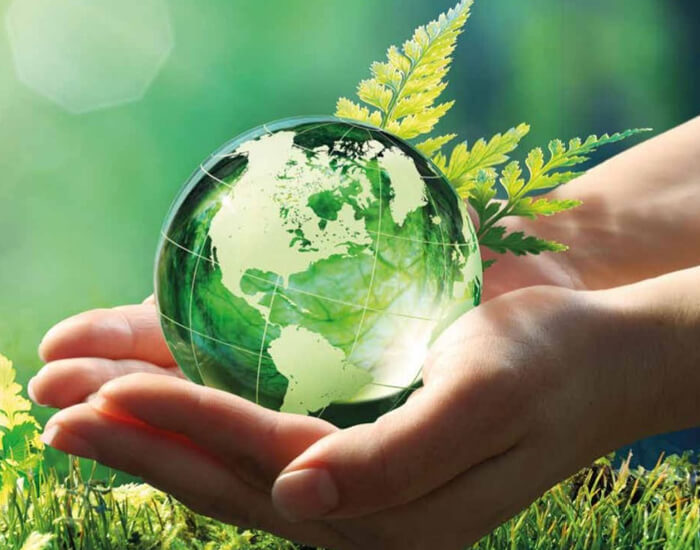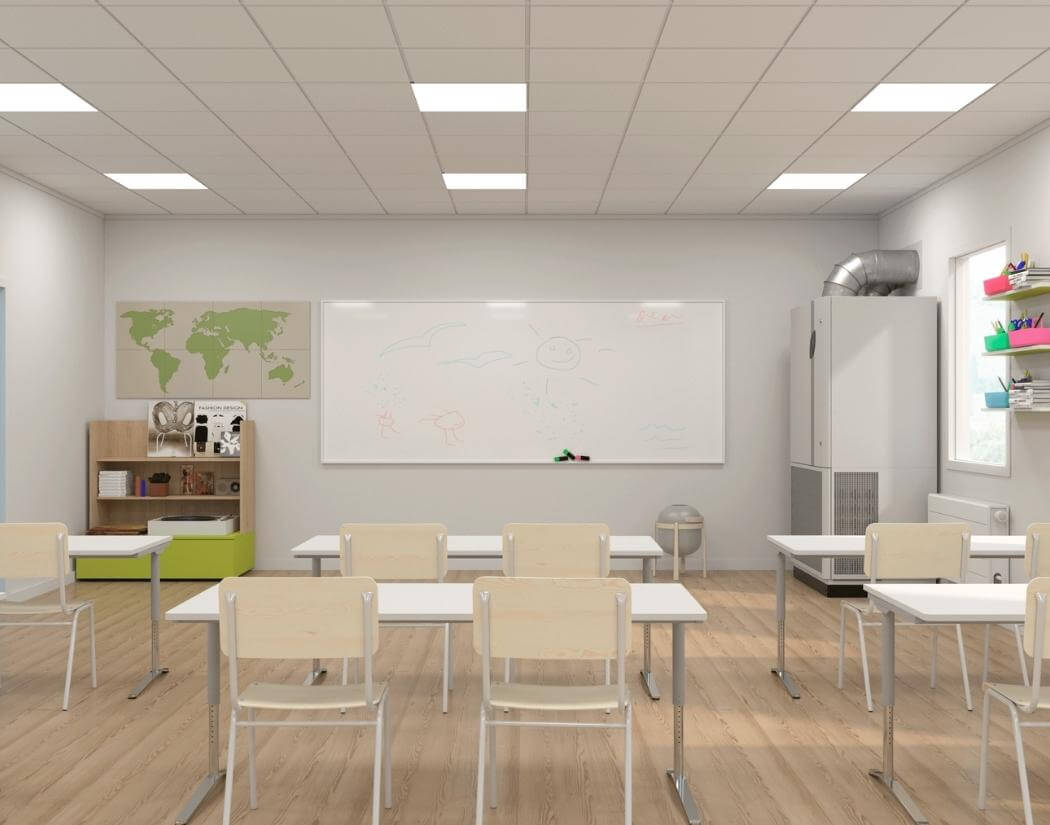Life Cycle Assessment
Life Cycle Assessment (LCA) is a system designed to compare products and their overall impact on the environment. This looks at all processes from design, materials sourcing, manufacturing, energy usage until the product is ultimately ‘retired’. Governments are trying to standardize LCA systems and to integrate them into the legislation. Versatile uses Ovam’s Ecoliser 2.0 based on the Eco-Indicator EI-99 database. OVAM (Public Waste Agency of Flanders) is an internally independent agency with powers of jurisdiction and is part of the Environment, Nature and Energy policy domain of the Flemish government. This governmental agency was established by the decree of July 2nd in 1981. It was also described as the first Waste Management Act in Flanders. The primary purpose of this legislation was the improvement of solid waste disposal practices.
The lower the LCA score, the less adverse impact on the environment. Low-H2O radiators score significantly better than other radiators or heating systems.










